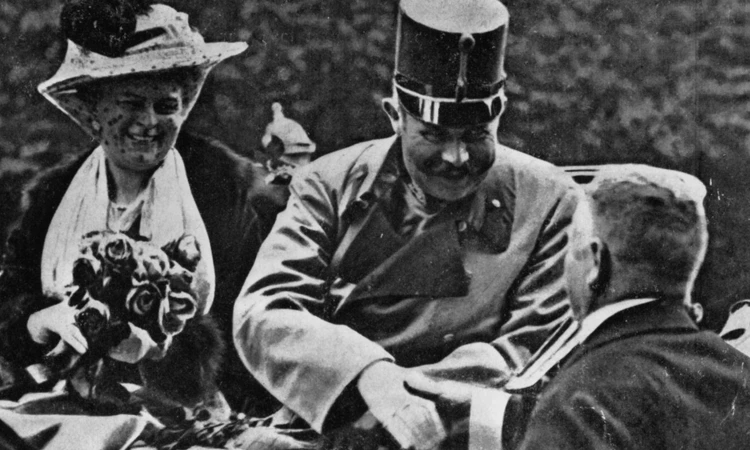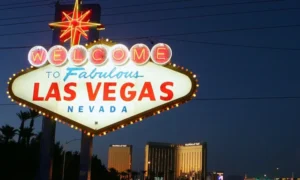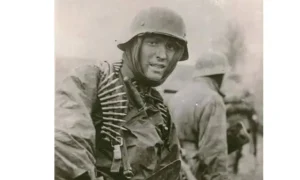One dude, one gun, Sarajevo. You know the story, right? Kinda. But, let’s get real for a second: no way did the entire world lose its mind just ‘cause Gavrilo Princip squeezed a trigger. That bullet? Sure, it was famous, but Europe was basically a room full of spilled gasoline waiting for anything to spark.
Underneath that “one big moment” were all these tangled messes empires flexing, shady backroom deals, everybody stockpiling weapons like it was Black Friday, and a bunch of leaders with egos the size of small planets. None of them actually wanted a war (well, unless you count wanting to look tough in front of the neighbors). And yet, in about a month, boom world on fire.
Not just any war, either. The granddaddy of all throwdowns.
So, yeah, forget the boring textbook take. We’re ripping the lid off: what really set the stage, who screwed up, why everyone pretended to be surprised, and how the whole disaster was basically built into the system from the start.
If you think World War I just magically erupted because of one guy’s itchy trigger finger buddy, you’re in for a wild ride.
Military Vehicles On Miltrade.com
WW1 at a Glance: The Trigger, the Tensions, the Trenches
| Topic | Summary |
|---|---|
| The Spark | Archduke Franz Ferdinand’s assassination in Sarajevo lit the fuse, but the explosives were already in place. |
| M.A.I.N. Causes | Militarism, Alliances, Imperialism, and Nationalism all brewed tension across Europe. |
| The July Crisis | 37 days of blunders and ultimatums turned a regional spat into a global inferno. |
| Global Escalation | Alliances forced countries into war—even if they weren’t ready for it. |
| Collector Relevance | Artifacts from this era—helmets, rifles, vehicles—are rare treasures listed on MilTrade. |
The M.A.I.N Causes of WW1
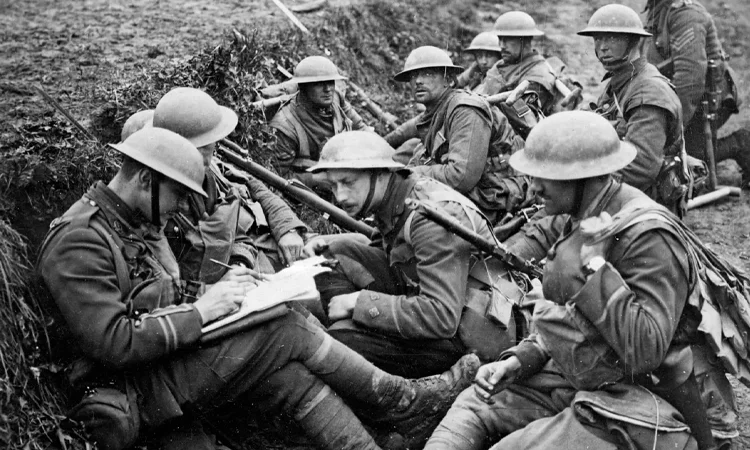
World War I did not just “happen.”
It was built layer by layer, policy by policy, ego by ego.
Historians like to boil the causes of the war down into four giants drivers, remembered by one powerful acronym: M.A.I.N.
Let’s break it down.
1. Militarism When Nations Start Measuring Power in Terms of Gun Size
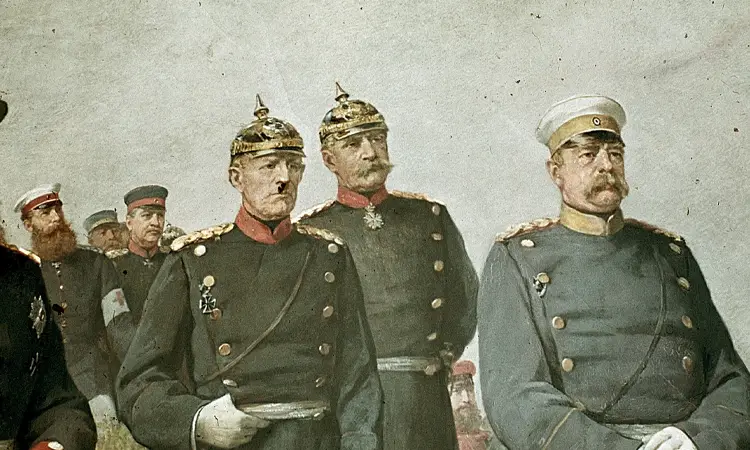
Europe in the early 1900s was not just armed it was obsessed with being more armed than the other guy.
Britain and Germany were in an angry naval arms race, building dreadnoughts as if they would never go out of fashion. France and Russia were loading artillery and infantry onto each other faster than they could train them.
Militarism created an attitude: there wasn’t going to be a war, but when there was, you’d better have the biggest club.
Collector’s Note: These times created legendary military equipment that’s extremely collectible today from early German Mauser rifles to French Adrian helmets, and uniforms that can still be advertised on miltrade under Military Helmets and Caps or Military Clothes for Sale.
2. Alliances The Web That Pulled Everyone In
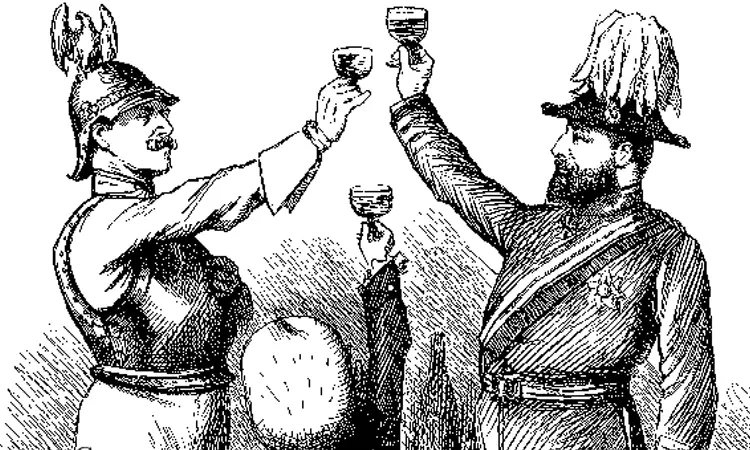
By 1914, Europe felt more like a pressure cooker than a continent.
Two huge alliances had quietly formed:
Triple Entente: France, Britain, Russia
Triple Alliance: Italy, Austria Hungary, Germany
So when Austria Hungary warred with Serbia and Russia defended Serbia, the dominos began falling. Fast.
What could have been a regional conflict broadened into an all out world war because everyone had already made their allegiance.
And that’s why today, collectors seek out military vehicles and gear not just by country but by alliance. On miltrade, you’ll find pieces from all fronts:
German Military Vehicles, Russian Military Vehicles, French Military Vehicles, UK Military Vehicles, even rare finds like Belgium or Austria Military Vehicles.
3. Imperialism Scrambling for the World’s Real Estate
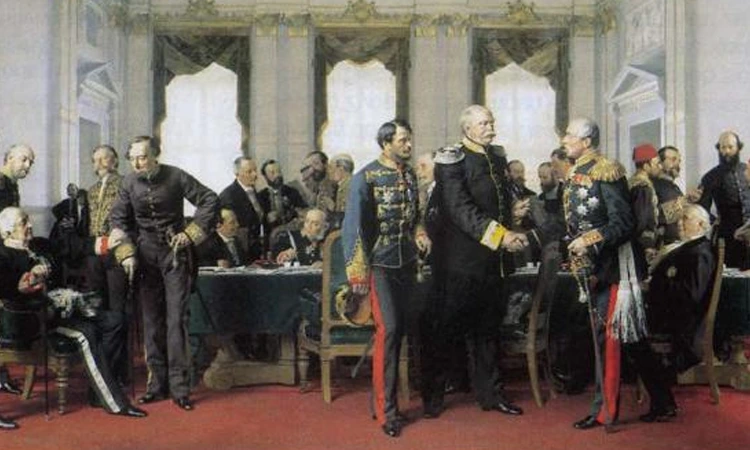
By the 1900s, European powers were playing a game of Risk on a global scale collecting colonies, resources, and influence in Africa, Asia, and beyond.
This rivalry for empire created rancorous resentment especially between Germany (the newcomer) and Britain and France.
To wish to dominate more territory also meant wishing to build logistics:
That’s where military trucks, motorcycles, trailers, and tactical gear entered the game many of which are now collectible artifacts you’ll see listed on miltrade under categories like Military Trucks, Harley Davidson Military Motorcycles, or Military Trailers.
4. Nationalism Pride Turned to Powder
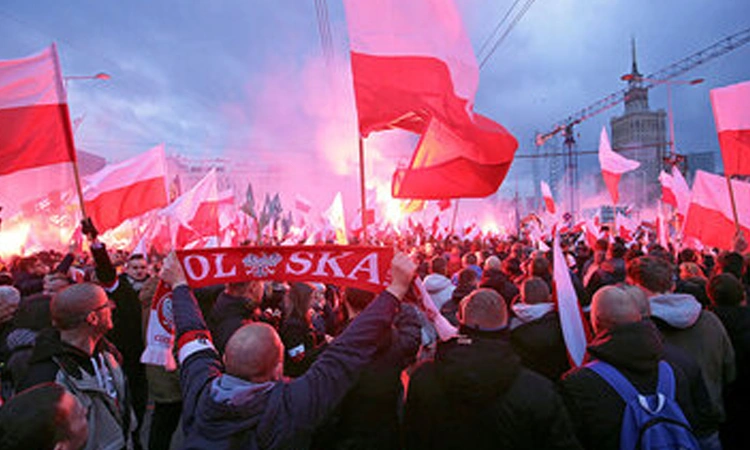
Across Europe, pride in one’s nation turned aggressive and nowhere was that more explosive than the Balkans.
Slavic nationalism clashed with Austro Hungarian rule. German pride clashed with French memory of defeat. National identity was employed as a war fuel.
And in that explosive environment, one assassination was sufficient to ignite it all.
The Spark Assassination in Sarajevo
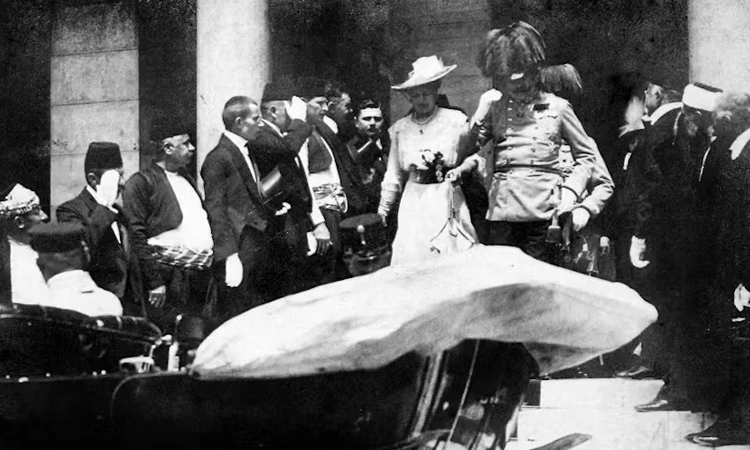
June 28, 1914. Sarajevo.
Picture this: Franz Ferdinand yeah, the actual archduke, not the bandcruising through the city with his wife Sophie. Sun’s out, mustaches twirling, and the tension? You could practically slice it with a bayonet.
Lurking in the crowd, a bunch of Serbian nationalists. Angry, young, and armed. Gavrilo Princip, just 19, steps up. Two shots later boom. Everything changes. Europe’s fate, flipped like a table in a bar fight.
Here’s what nobody really tells you: this wasn’t just some tragic “wrong place, wrong time” thing. Nah. It was political as hell. Planned out, stewing for years. The Black Hand, these shadowy Serbian dudes, had a whole agenda kick out the Austro-Hungarians, free the Slavs, start some chaos. Classic secret society vibes.
So why did this one murder matter so much? Oh man, where do I start?
- Austria-Hungary basically wanted a reason to stomp on Serbia.
- Germany was all, “Bro, we got your back, whatever you do.”
- Russia was like, “Hey, Serbia’s family.”
And France and Britain? Well, they were tied to Russia, so they basically got yanked into this mess too.
One dead archduke, and suddenly everybody’s picking sides. Alliances light up like Christmas. Within weeks, Europe’s sleepwalking straight into World War I. The world? Never the same.
Oh, and a little collector’s nugget for the history nerds: Anything from this moment Austro-Hungarian helmets, old Serbian pistols, those 1914 uniforms total gold dust. You’ll find that stuff popping up on miltrade, if you know where to look. Austria, Belgium, France, Russia all the big players. Go ahead, geek out.
The July Crisis A Month of Missed Chances
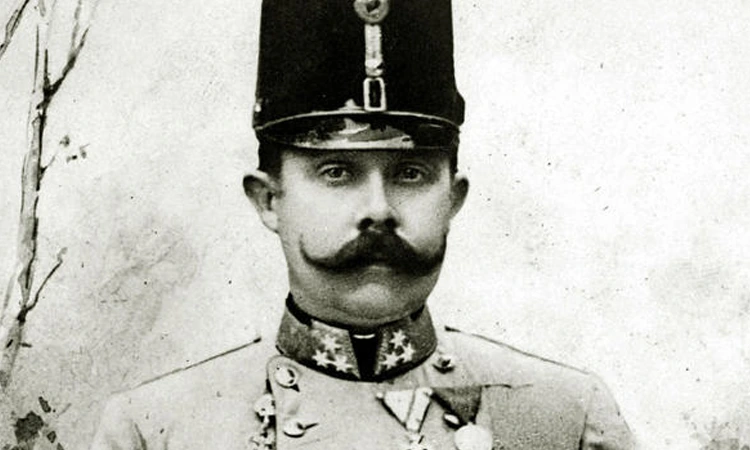
Between June 28 (assassination) and August 4, 1914 (when Britain declared war on Germany), the world hung on the precipice of a knife.
What transpired in 37 days did not just spark a war it exposed how rapidly peace had become fragile.
What Actually Happened?
- June 28: Archduke Franz Ferdinand assassinated in Sarajevo
- July 5: Germany offers Austria a “blank check” boundless support, no matter what
- July 23: Austria hands Serbia an ultimatum with a hammer
- July 25: Serbia agrees to most but not all of the demands
- July 28: Austria declares war on Serbia
- July 30: Russia mobilizes to protect Serbia
- August 1: Germany declares war on Russia
- August 3: Germany declares war on France
- August 4: Germany invades Belgium Britain declares war in retaliation
Within hardly a month, Europe’s diplomatic framework collapsed.
Threats were translated into mobilizations. Mobilizations were translated into war.
Could It Have Been Avoided?
Historians still debate that. Some argue war was unavoidable-war alliances were too tight, too much pride. Others argue it was a breakdown of diplomacy, period.
What is certain is this:
Nobody anticipated a world war.
And once underway, nobody knew how to end it.
Why It All Went Global From a Balkan Bullet to a World War
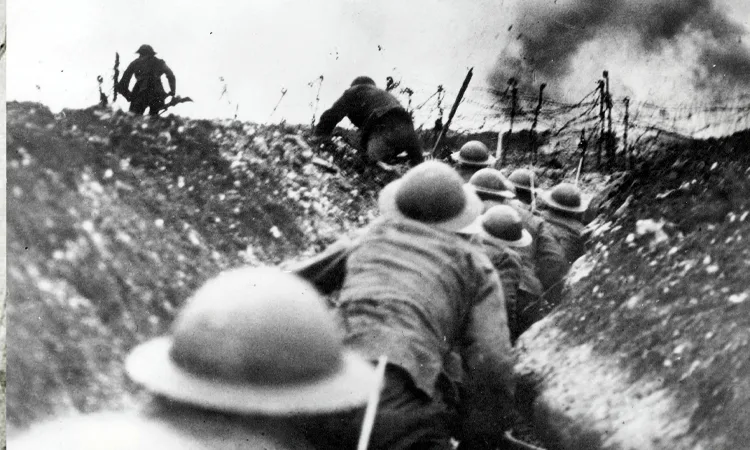
Honestly, Sarajevo should’ve just been a local mess. Austria Hungary and Serbia duking it out fine, let ‘em. Could’ve been a nasty little scuffle, maybe a border punch up, and that’s it. But nah, Europe in 1914? Total powder keg. The second that assassin pulled the trigger, every alliance, every petty feud, every ancient grudge just exploded. Like, instant chaos.
- Austria’s all, “Let’s fight Serbia.”
- Russia jumps in, “Don’t touch my little bro.”
- Germany’s like, “Chill, Austria, I got you,” then starts swinging at Russia.
- France never missing a chance dives in for Russia.
- Germany storms through Belgium because, you know, why not?
- Britain annoyed as hell declares war on Germany.
And just like that, the place goes full bonfire in, what, a week?
Diplomacy? Please. This was a row of dominoes, and someone just smacked the table. Countries weren’t thinking, “Hey, strategic genius here.” No, they were trapped treaties, ego, paranoia, the whole cocktail. Nobody actually wanted the world to burn. But nobody could swallow their pride either. So, boom. World War.
Conclusion
Honestly, people love to say, “Oh, it all kicked off with one shot,” like the whole planet just lost its mind overnight. But, come on that Sarajevo bullet? Just the spark. The whole place was a powder keg for years: countries beefing up their armies, everyone tangled in deals they barely understood, empires flexing over scraps, and not a single government willing to back down and look weak. It wasn’t just one guy pulling the trigger. It was a collective trainwreck, with way too many hands on the wheel.
And, yeah, the guns fell silent ages ago, but the fallout’s everywhere rusty helmets, old flags stuffed in trunks, battered leather bags with stories stitched right in. That’s why at miltrade, we don’t think history should gather dust. It should be right there, in your hands, something you can actually touch. Because the second you pick up a piece from back then, you’re not just thinking about how it all started. You’re making damn sure people remember why it matters.
FAQs
Was WW1 really caused by one assassination?
Sincerely? That Sarajevo bullet did not start a war it simply lit a fuse that had been years in the waiting. The world was already ready to blow. That was merely the excuse.
What were the deeper reasons why WW1 broke out?
Militarism, nationalism, intricate alliances, and a sheer obsession with power. Europe was loaded like a pistol. The assassination simply triggered it.
Would WW1 have been avoidable had diplomacy worked?
Maybe. Maybe not. But the way in which such leaders conducted themselves? As if they were allergic to
compromise. Miltrade indeed carries field messages and dispatch cases from the July Crisis proof of how rapidly things disintegrated.
Why did so many countries jump into war so quickly?
Because nobody wanted to look weak. They were egos, alliances, and bad intelligence. The next thing they knew, everybody was in the ring battling. Want to see what equipment they used? Miltrade’s got actual pieces from all frontlines.
Are WW1 relics collectible today?
Without a doubt. Helmets, uniforms, rifles they’re not relics, they’re resonations of the choices that determined the world. Miltrade chooses genuine items so you can feel that history in your own hands.
